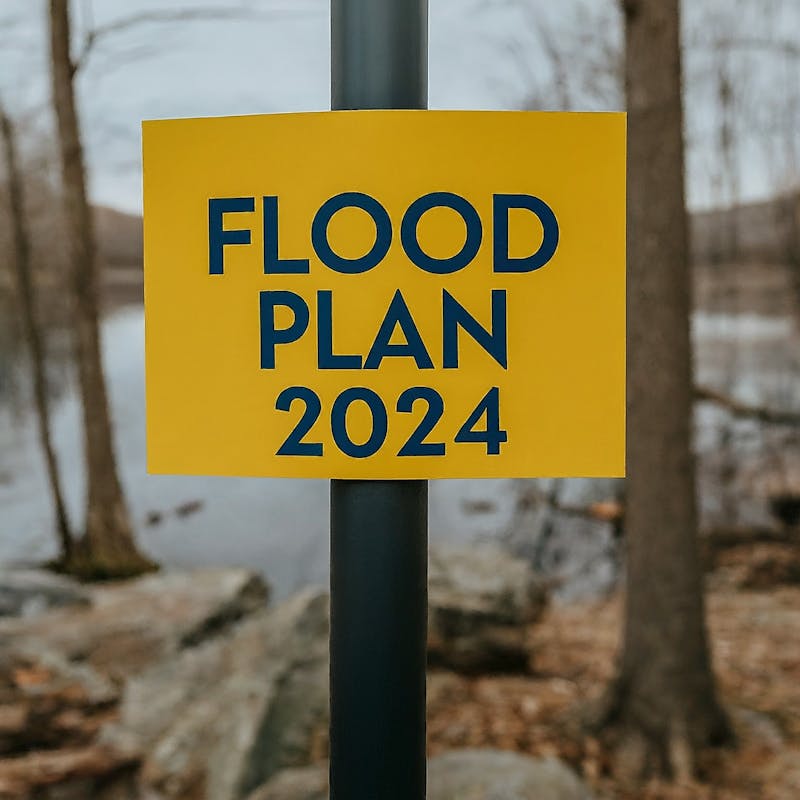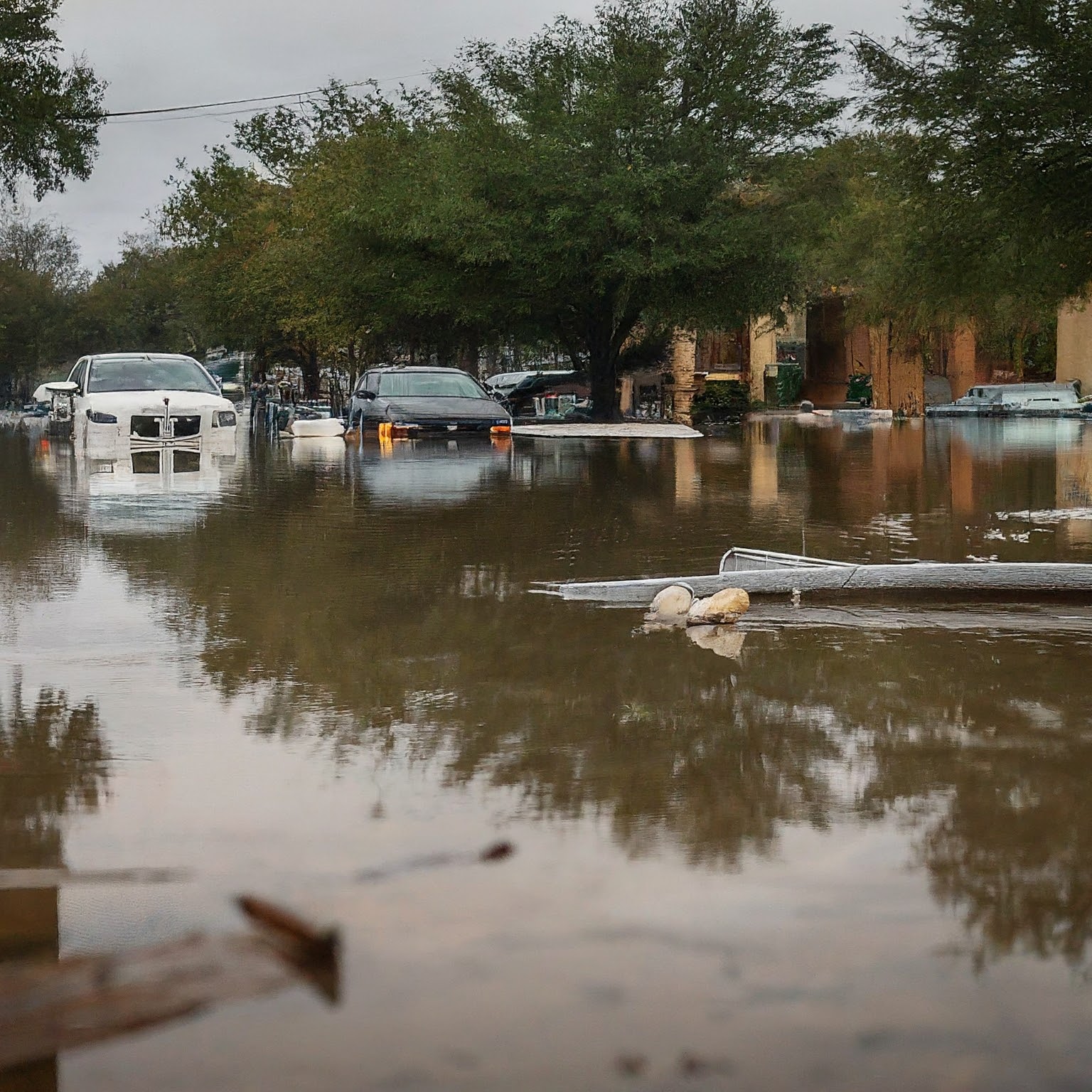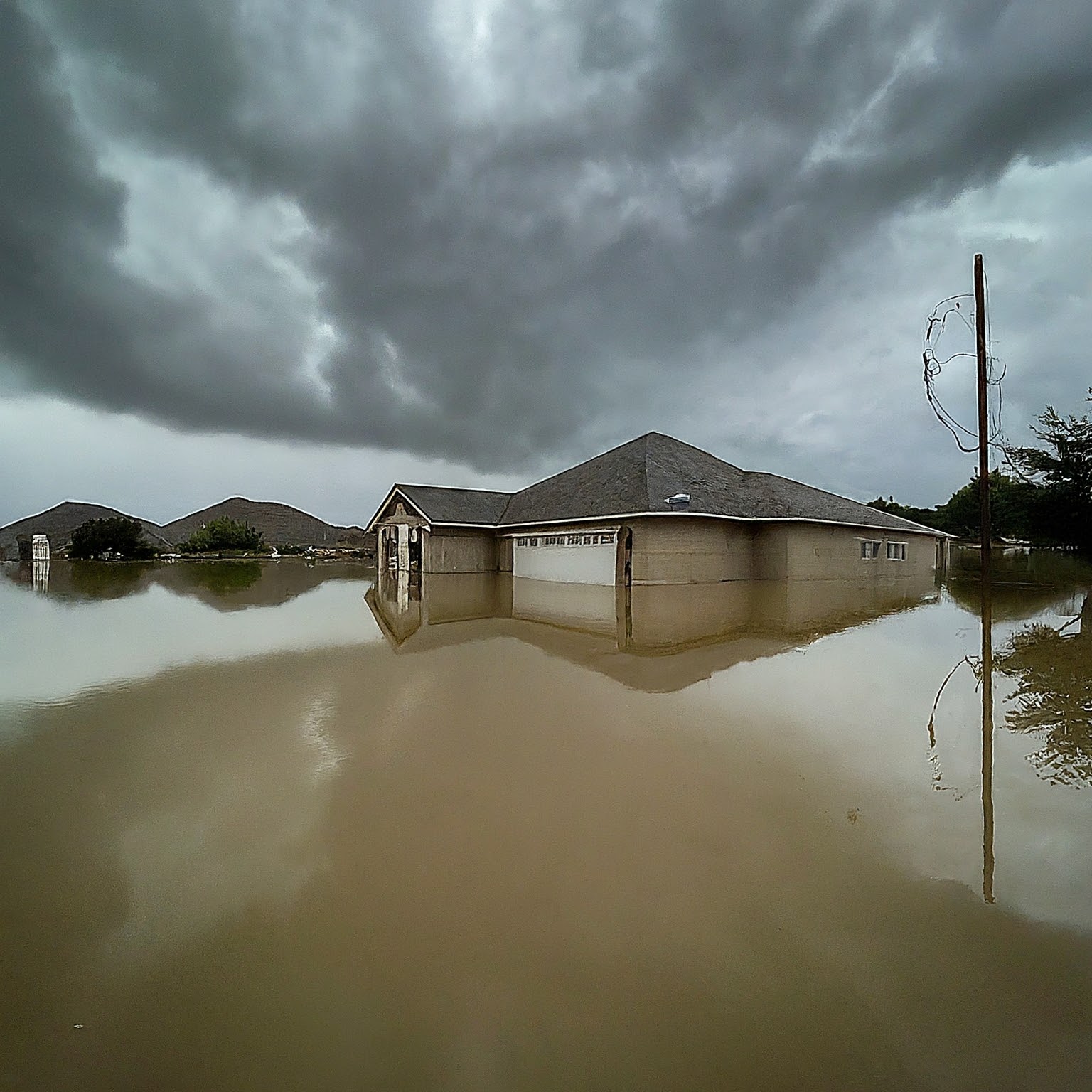
Texas has introduced a new flood plan for 2024 to reduce flood risk and improve flood management practices. The Texas Water Development Board (TWDB) decided that this plan needs to be implemented, and they emphasize a bottom-up, watershed-based approach to reducing floods in Texas. Throughout this blog post, you will learn that Texas has implemented a new draft state flood plan for 2024.
Why is there a new flood plan?
Floods have been a problem for Texas throughout its history, so the government has drafted the 2024 state flood plan to lower the risk of property damage for Texans. For example, Hurricane Beryl 2024 caused more than 1.5 billion to 4.6 billion in damage in Texas.
The New Flood Plan of 2024 isn’t able to protect buildings but keep people safe from drinking or using contaminated water because it contains chemicals and bacteria. Floods can also cause power outages, which is dangerous because it would be hard for people to keep in touch with their loved ones or even call for help; electrical shocks, and if people use generators, it can lead to carbon monoxide poisoning.
How does the new flood plan work?
The regional flood planning effort flood planning involves the 15 regions in a floodplain area, which are managed by a Regional Flood Planning Group (RFPG). They are responsible to identifying flood risk areas, overseeing mitigation needs, what needs to be done to prevent them, and how to keep Texans safe,
Five hundred fifty public meetings were also held during the planning process because transparency with residents living in areas that quickly flood is essential. This not only informs people but also helps the planning team understand the needs in these areas.

Does homeowners insurance cover flood?
There has been misleading information that homeowner's insurance covers flood damages. However, it does not include coverage for water damage caused by floods. Luckily, the federal government created the National Flood Insurance Program in 1968, which helps people recover from flood-related losses.
Texans who live in a flood-prone area should read their insurance policies and consider investing in flood insurance through the National Flood Insurance Program or private insurance to prepare them for a flood.
Who is at risk in Texas?
Over 5.8 million Texas residents live and work in flood-hazard areas, including the 2.4 million within flood-prone areas. The plan also includes 878,100 buildings, 69,000 roadway crossings, and 10.2 million acres of farmland within at-risk flooding areas. There will also be 6,258 facilities, including hospitals, schools, and emergency services. These areas are to protect Texas from the dangers of people in these areas.
Because of Hurricane Beryl and its hurricane season, it’s important that the new flood plan 2024 is effective since it will reduce the dangerous risk for Texas.
What are the solutions in the new flood plan for 2024?
There are 4,609 recommended solutions, but the total cost of the new state flood plan is $54.5 billion.
There are three leading solutions in the new flood plan 2024:
- Flood Management Evaluations (FMEs): Oversee flood risk and finding potential mitigation solutions.
- Flood Mitigation Projects (FMPs): To lower flood risks, design structural and non-structural projects, including levees, reservoirs, and nature-based projects.
- Flood Management Strategies (FMSs): These are more general, and including regulatory changes, public education, and community outreach.
The flood mitigation project's structural component is intended to upgrade stormwater systems and elevation bridges. The non-structural component plans to do property buyouts and community preparedness programs. The nature-based solution is to improve natural flood defenses, such as wetlands in Texas.

How much would all of this cost?
There is over $500 million that has been invested in finding solutions to reduce flooding in these 15 regional areas in Texas. The Texas Water Development Board (TWDB) created flood hazard data to reduce flood risks.
As you might expect, all these projects and solutions will be expensive. The total cost of the new flood plan is estimated to be $54.5 billion. Most of that money—over $49 billion—will go toward flood mitigation projects, and some of this money will be used for big projects like the Galveston Bay Surge Protection projects.
The state and federal government will pay for many of these projects, but not all of them. More money is needed to cover 80-90% of the costs. Over $500 million has been spent on planning and evaluating flood risks in the 15 regions. The TWDB has been in charge of ensuring this plan is well thought out and will help people.
Why choose Vargas Gonzalez Delombard, LLP?
Dealing with flood insurance or property damage can be very draining. If you require the help of a lawyer at Vargas Gonzalez Delombard LLP, we will help you understand your insurance claims and ensure that you get the compensation you deserve.
We can help you understand your insurance claim or protect your property by scheduling a free consultation today.

